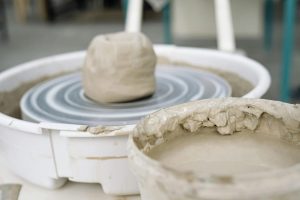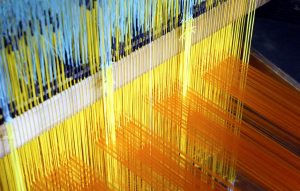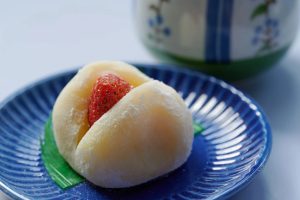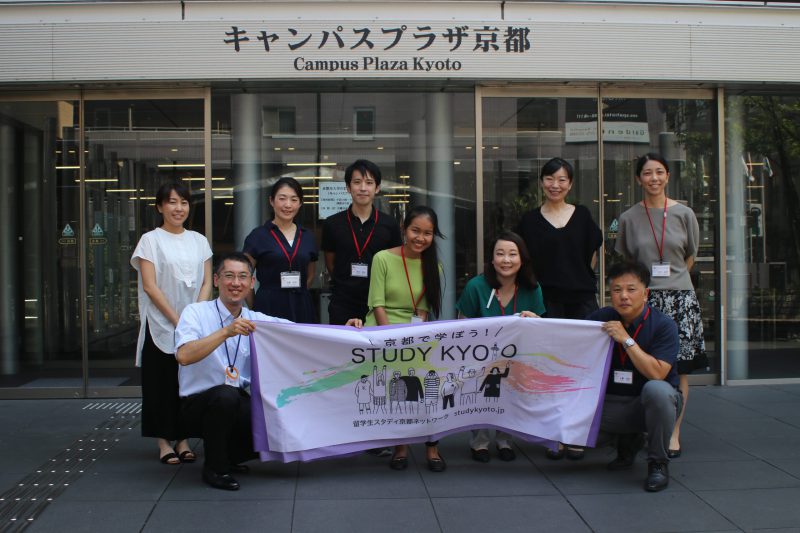Inside Kyoto’s Manufacturing Industry: Tradition Meets Innovation
2024.10.15

Kyoto is famous for its history and culture, but did you know it's also a hotspot for manufacturing? The city isn’t just about temples and tea ceremonies; it’s a fascinating mix of old-school craftsmanship and cutting-edge technology. As a study abroad student, you’ll find it interesting to see how Kyoto blends ancient traditions with modern innovations. Let’s explore how this city combines the best of both worlds and discover what makes manufacturing in Kyoto so unique.
What Makes Manufacturing Different in Kyoto?
It may come as a surprise, but Kyoto’s largest industry isn’t tourism—it’s manufacturing. This vibrant sector has deep roots that trace back to the Heian period (794 – 1185), when the city served as the imperial capital. During this era, skilled artisans crafted exquisite products for the imperial family in workshops directly under the imperial court. This rich legacy has shaped Kyoto into a hub where over 1,000 years of manufacturing tradition seamlessly blend with contemporary practices.
One of Kyoto’s most distinctive features is its diverse range of manufactured goods. The city’s environment fosters a unique balance, allowing businesses to collaborate and share knowledge effortlessly. This collaborative spirit is a big reason why Kyoto remains at the forefront of innovation. With the highest ratio of traditional manufacturing employees in Japan and a thriving high-tech sector featuring industry giants like Nintendo and Kyocera, Kyoto is a city where historical craftsmanship and modern technology thrive side by side.
Traditional Crafts in Kyoto

We can’t discuss Kyoto’s manufacturing scene without diving into traditional Japanese crafts. Kyoto is a city where tradition is not just preserved but celebrated. With 74 traditional crafts officially recognized by Kyoto City, the variety and depth of these crafts might seem overwhelming. Yet, each craft represents a unique aspect of Kyoto’s cultural heritage. Nishijin weaving and wagashi are among the most famous traditional Japanese crafts in Kyoto today. These crafts are not only preserved but continually adapted, reflecting Kyoto’s commitment to maintaining its rich cultural legacy while embracing innovation.
For more details, you can find a list of the 74 traditional crafts here (Japanese only) and learn more about Kyoto’s traditional crafts here.
Nishijin-ori

Nishijin weaving, or Nishijin-ori, is a centuries-old silk textile craft that has become synonymous with Kyoto’s cultural heritage. Known for its intricate designs and rich colors, Nishijin-ori traces its origins back from the 5th to 6th century. It is said that weaving techniques were introduced by the Hata clan, who came from mainland Asia. The name “Nishijin” comes from the fact that the western army of Yamana Munetada had its headquarters in this area during the Ōnin War (1467-1477).
At the heart of Nishijin weaving is a commitment to both tradition and innovation. The intricate patterns are created using silk threads combined with metallic foils, producing fabrics that are both visually stunning and culturally significant. Artisans originally relied on hand looms, but the introduction of Western jacquard looms in the 18th century allowed them to create more complex designs on a larger scale while preserving the craftsmanship’s essence.
The continued preservation and promotion of this craft are largely supported by the Nishijin Textile Industry Association, which plays a key role in ensuring Nishijin weaving thrives in contemporary markets. The association engages in various PR activities aimed at both producers and consumers to showcase the vibrant world of Nishijin textiles. These initiatives help to keep the craft relevant and accessible to new generations, ensuring that this rich tradition continues to evolve.
Today, Nishijin-ori is crafted into both traditional and modern products. On the traditional side, you’ll find obi (kimono sashes), kinran (gold brocade), and kimono fabrics that carry the weight of history. Yet, the craft has adapted to modern tastes as well, producing items like neckties, scarves, and even interior décor.
Wagashi – Traditional Japanese Sweets

Wagashi, traditional Japanese confections, are much more than sweets; they are edible reflections of Japan’s seasons, history, and cultural values. Dating back over 2,000 years, the earliest wagashi were simple rice cakes offered to the gods in religious rituals. As time went on, the craft of wagashi grew more sophisticated, especially during the Heian period (794-1185), when Chinese influences introduced new ingredients like red beans and techniques for making different varieties.
During the Edo period (1603-1868), when Japan closed its doors to the outside world, wagashi artisans perfected their skills, creating the intricate, visually stunning designs that we associate with wagashi today. Kyoto, with its deep-rooted connection to tradition, became a hub for this evolving craft.
Kyoto remains a key center for wagashi production, with long-established shops like Sasaya Iori—a confectionery that dates back to 1716—preserving the delicate balance between tradition and innovation. Originally, Sasaya Iori’s wagashi was reserved for the imperial court, Buddhist temples, and tea masters. Every wagashi piece is meticulously crafted, from the meticulous shaping to the careful selection of ingredients.











